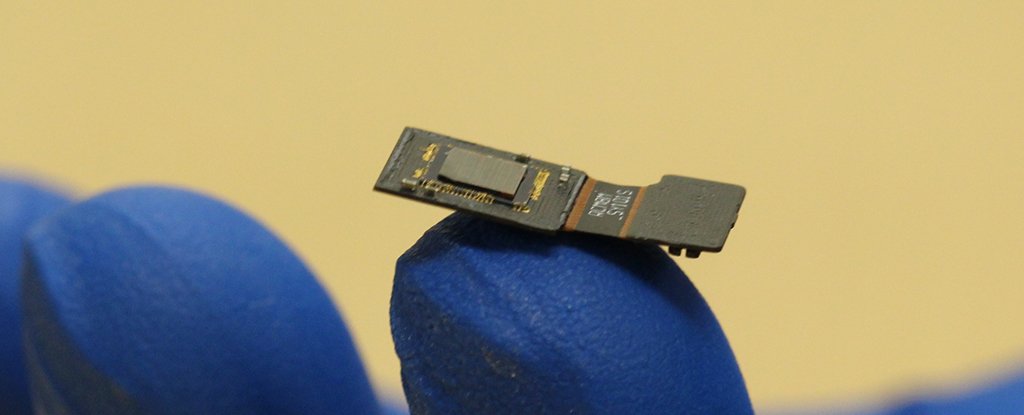Engineers from Rice University have developed a lab prototype of a flat microscope that has the potential of beaming sensory information straight to your brain. This could open the doors to alternative solutions for those with eye or ear impairments. The microscope will be placed on the surface of the brain, wherein it will detect optical signals from neurons in the cortex. The goal of this research is to find an alternate path for sight and sound to be brought directly to the brain.
They call this device the FlatScope, and the team also believes that it has the potential to capture brain activity with much more detail than the technology we currently have. It is expected to monitor and stimulate several million neurons in the cortex by the time the device is finished.

Rice University engineering professors (from left) Ashok Veeraraghavan, Jacob Robinson and Caleb Kemere. Source: Rice University
The team’s long term goals is to be able to develop the device to be able to scan the brain at a deep level to understand further the fundamentals of sensory input.
“The inspiration comes from advances in semiconductor manufacturing. We’re able to create extremely dense processors with billions of elements on a chip for the phone in your pocket. So why not apply these advances to neural interfaces?” one of the team members, Jacob Robinson said.

Source: Rice University
This prototype is part of DARPA’s Neural Engineering System Design project with the goad of developing a fully-functioning, implantable system that allows direct communication between the brain and the digital world.
“Such an interface would convert the electrochemical signaling used by neurons in the brain into the ones and zeros that constitute the language of information technology, and do so at far greater scale than is currently possible,” DARPA said.
In the future, this technology could allow partially sighted or blind people to be able to see through a camera attached to their shirt. As of now the team has a prototype that is implanted at the top of the brain and detects optical signals from neurons in the cortex.
Article Sources:













